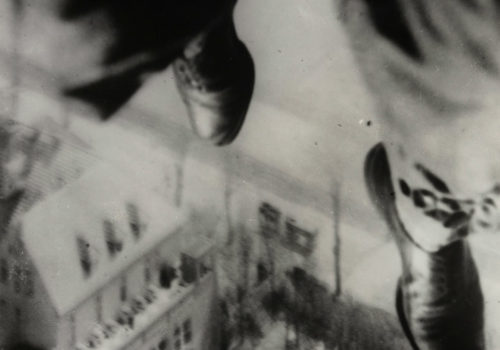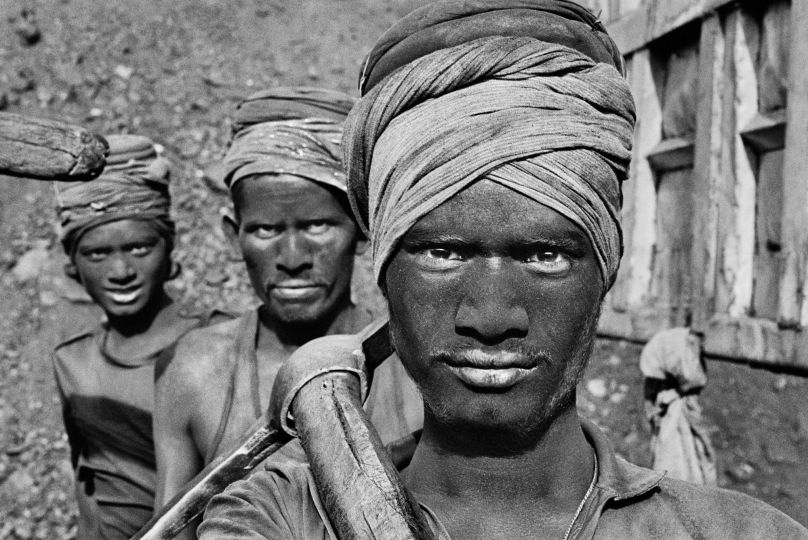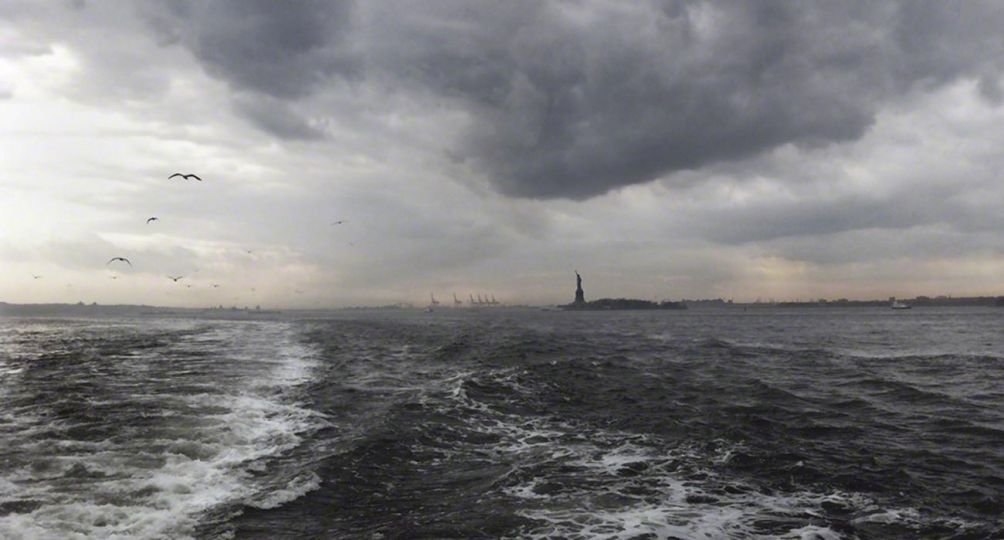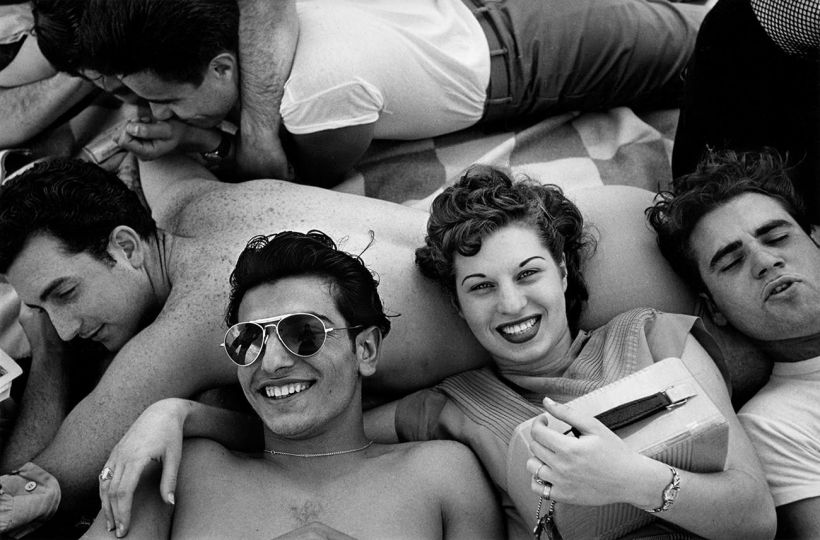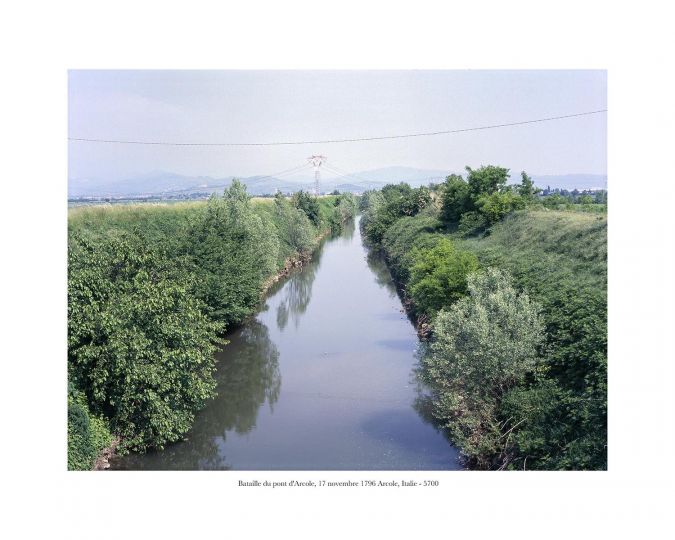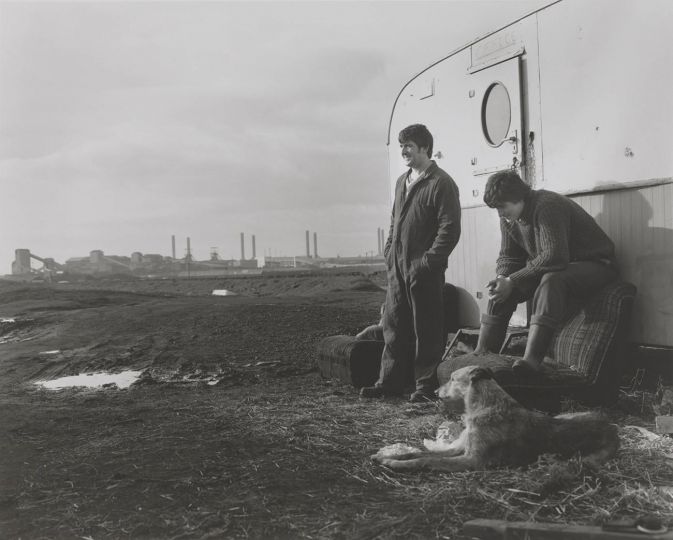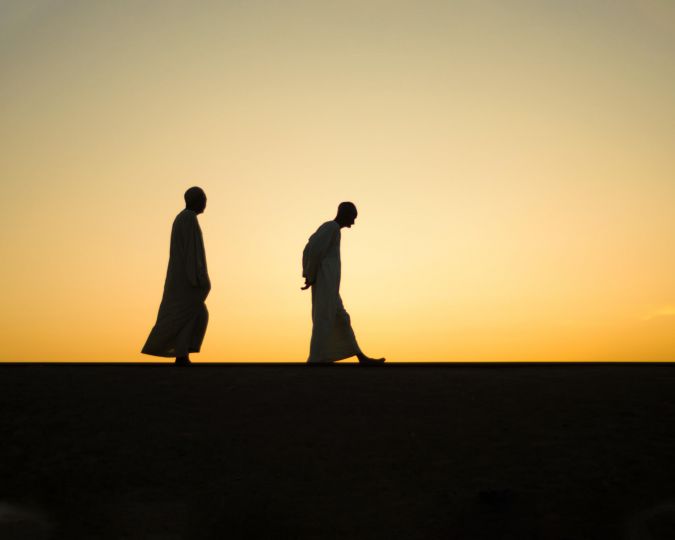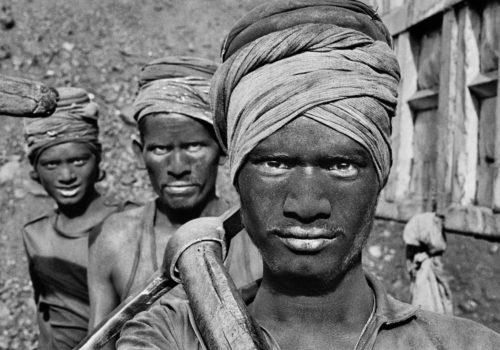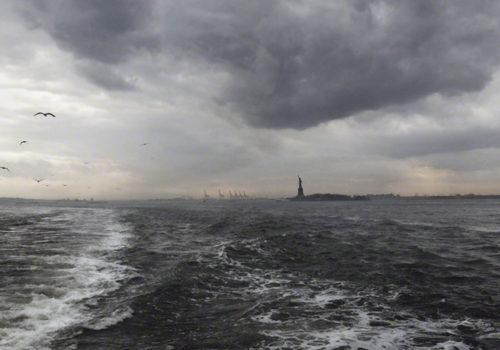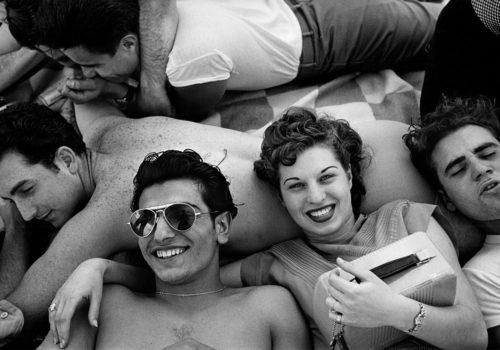When he started collecting avant-garde photographs, Thomas Walther probably had no idea that he was putting together what would become one of the great modernist collections that illustrates a defining moment in the development of photography. Today, the importance of the Walther collection can be glimpsed while wandering through the rooms of Modern Photographs from the Thomas Walther Collection, 1909–1949, the extraordinary exhibition which runs through April 19th at the MoMA in New York. With these more than 300 photographs, amassed by Walther, a former photographer who moved to New York in 1977 before settling in Zurich, we follow the radical changes the medium underwent starting in the early 20th century, especially in the 1920s and ‘30s.
Acquired for 25 million dollars by the museum in 2001 by Peter Galassi, then head curator of photography, the work of these various famous and unknown photographers explores ideas ranging from figuration and abstraction to the latest innovations in architecture photography, with a creative fervor and imagination unequaled since. Photographers featured in the exhibition include Berenice Abbott, Karl Blossfeldt, Manuel Alvarez Bravo, Claude Cahun, Alvin Langdon Coburn, Florence Henri, André Kertész, Germaine Krull, El Lissitzky, Lucia Moholy, László Moholy-Nagy, Aleksandr Rodchenko, Alfred Stieglitz, Paul Strand, Maurice Tabard Umbo and Edward Weston.
The 1920s were a prosperous era when photography seemed ubiquitous, defying the restrictions of the past, including photography’s justification as an art in itself. That decade also saw the arrival of new hardware, like compact, portable 35mm cameras with fast shutter speeds, and figures like László Moholy-Nagy were reinventing the photogram at the Bauhaus school, preaching that every aspiring artist should be “literate” in photography, much as every student today needs computer skills. Berlin and Paris became magnets for photojournalists and editors eager to rethink what could be done with images and text on the blank pages of books and magazines.
A large section of the exhibition is devoted to urban modernism, one of the pillars of the Walther collection. Works by the likes of Aleksandr Rodchenko, Berenice Abbott and Alvin Langdon Coburn explore the infrastructure of cities from unusual and often abstract angles. Some of the most remarkable are “The Octopus” (Alvin Langdon Coburn, 1909), “Steel, Armco, Middletown, Ohio, October 1922” (Edward Weston) and “Moscow Illumination Celebrating the Tenth Anniversary of the russian Revolution, 1927” (Roman Kamen). In parallel with this part of the collection is the duality between famous and unknown photographers, as current head curator Quentin Bajac reminds us. His “favorite” image is by German photographer Willy Ruge, “Seconds before Landing” (1931) from the series I Photograph Myself During a Parachute Jump. “It’s closely related to the identity of the Thomas Walther collection, which combines the work of big names and unknown photographers,” he explains. “Walther based his collection above all on the visual impact of the image, never trying to copy any history of photography. This makes one lose their bearings, but it was also an avowed aim of the New Vision at the time.”
In an era when theory trumps connoisseurship in the classroom, and when collectors prefer to shop at art fairs, or surf online, often without ever inspecting what they’re buying, this exhibition is a reminder that photographs until recently were fragile, and celebrates the eye and instinct of Thomas Walther. Modern Photographs from the Thomas Walther Collection, 1909–1949, in addition to this catalogue, also features a wonderful interactive website, a platform that provides access to timetables, artist biographies, essays, and detailed research into each photography in the Walther Collection. This is certainly the best way for photo amateurs to discover its magnitude. The collection can be filtered by technique, material, subject, style, school or circle. This represents a judicious innovation for a collection of photography which, in 2015, still seems as modern as ever
EXHIBITION
Object: Photo
Modern Photographs from the Thomas Walther Collection, 1909-1949
Through April 19th, 2015
MoMA
11 West 53rd Street
New York, NY 10019
USA
T : (212) 708-9400
http://www.moma.org/interactives/objectphoto/#home

